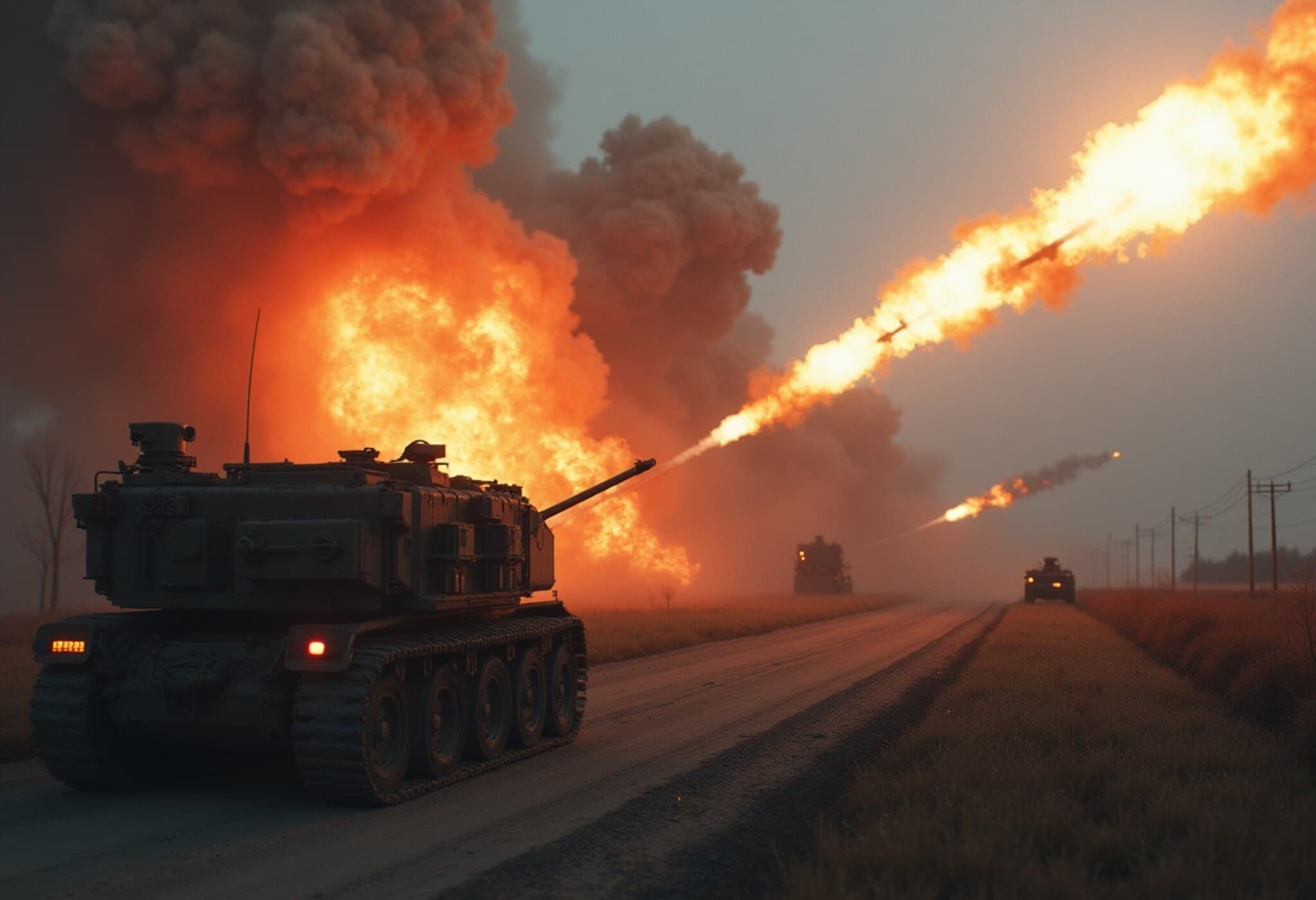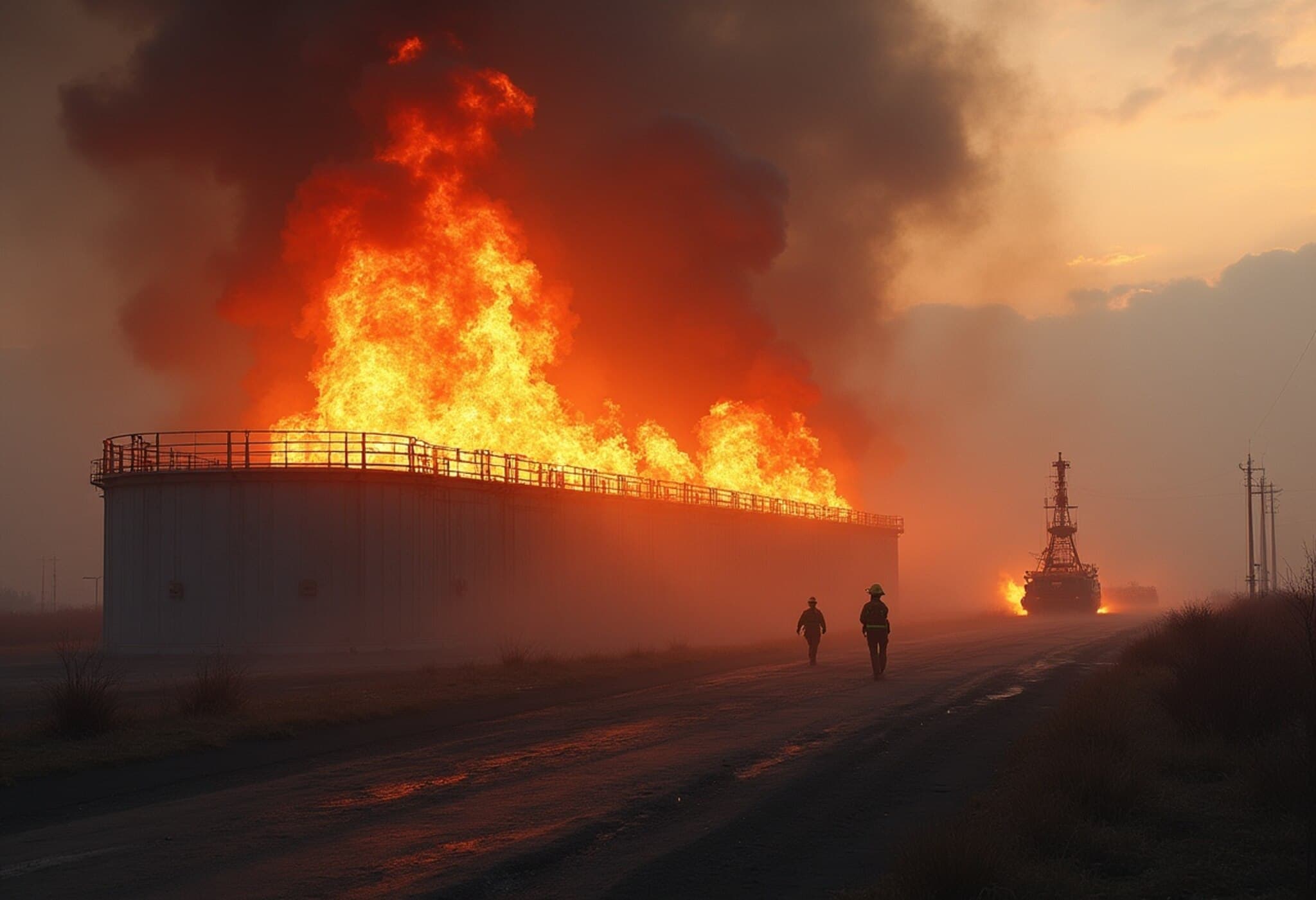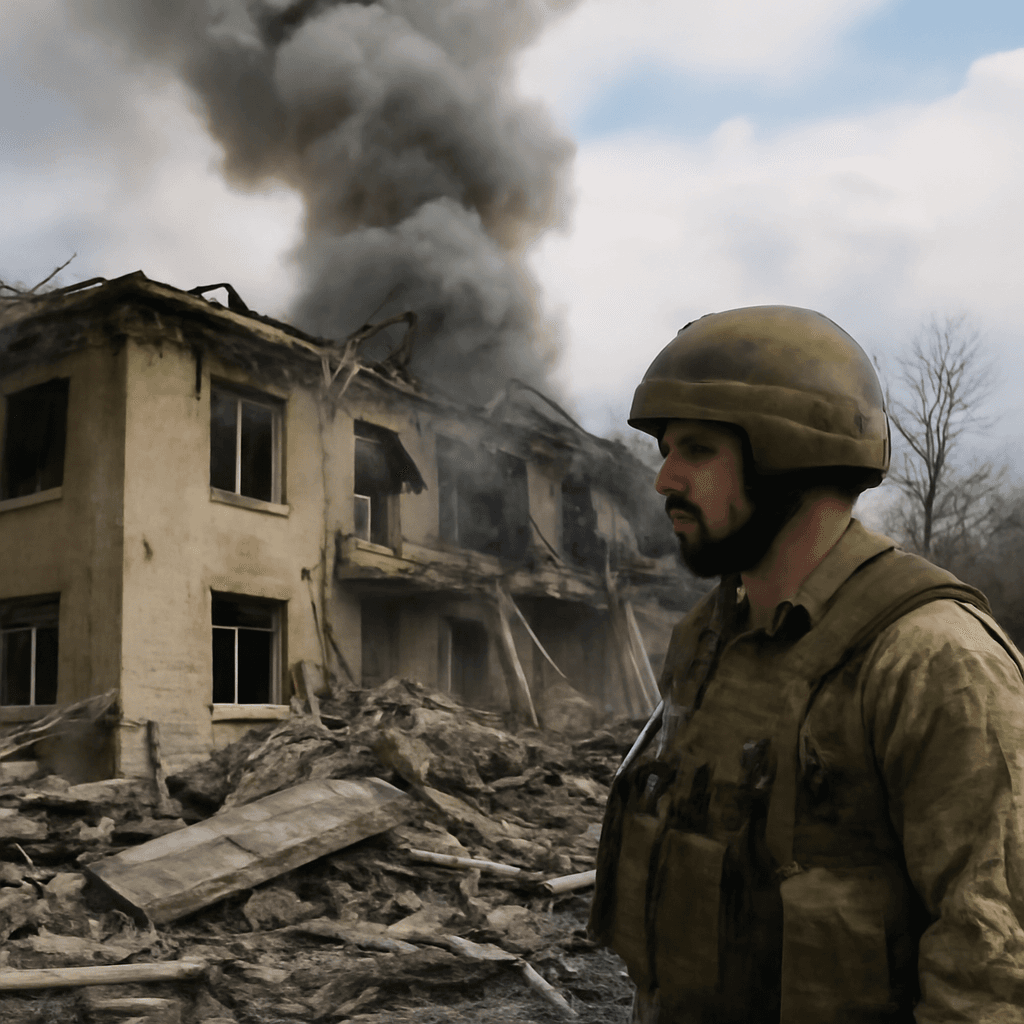Deadly Sea Mines Kill Three Beachgoers Along Ukraine's Black Sea Coast
Tragedy struck the Black Sea coastline of Ukraine on Sunday, August 11, 2025, when three swimmers lost their lives due to underwater sea mine explosions near popular beach resorts. The incidents have cast a chilling shadow over summer leisure in a region deeply scarred by ongoing conflict.
Details of the Fatal Explosions
Officials reported that a man died from a mine blast roughly 50 meters off the shore near Karolino-Bugaz, a resort in the Odesa region, at approximately 11:30 a.m. on Sunday. In a related but separate incident near the nearby town of Zatoka, about 65 kilometers south of Odesa city, a woman and another man were killed under similar circumstances.
VIDEO footage captured the harrowing moment water erupted violently near a crowded beach, stirring panic among swimmers. A bystander’s anguished cry, "Oh god ... something’s exploded over there," underscored the gravity and suddenness of the disaster.
Official Response and Safety Warnings
Oleh Kiper, the regional governor of Odesa, revealed that the fatal explosions occurred in zones explicitly closed to swimmers due to known dangers. “All were blown up by explosive objects in prohibited areas,” he stated, emphasizing that ignoring safety restrictions had deadly consequences.
Local police and explosive ordnance disposal teams are conducting thorough investigations. Authorities are also working to officially identify the victims and have warned residents and tourists alike to strictly adhere to established safety protocols.
The Mine Threat in the Black Sea: A Complex Peril
The Black Sea remains one of the most hazardous maritime regions due to the widespread deployment of naval mines by both Ukrainian and Russian forces during the ongoing war that escalated in 2022. While originally intended to protect key ports and restrict naval movements, mines have increasingly threatened civilian and commercial navigation.
Experts note that the precise origin of the mines causing these recent deaths remains unclear. Both Moscow and Kyiv have historically deployed Soviet-era naval mines such as the YaM anchor mines — tethered devices floating just below the water's surface, packed with roughly 20 kilograms of explosives. Other types, like the heavily armed R-421-75 contact mines, capable of carrying up to 160 kilograms of explosives, have also been identified in the area.
- Before the conflict, both nations maintained stockpiles of such mines.
- The mines are often deployed in waters up to 200 meters deep but can drift unpredictably due to currents and storms.
- Safe swimming zones in Odesa — thirty-two areas in total — are regularly inspected and certified free of mines to protect visitors.
Despite these inspection efforts, the natural unpredictability of drifting mines remains a looming threat to beachgoers and maritime traffic alike.
Regional and International Implications
The deaths highlight the broader challenges of maintaining civilian safety amid wartime maritime contamination. The fact that mines have even drifted into beach areas frequented by families underscores a pressing need for enhanced detection, removal strategies, and public awareness campaigns.
Neighboring countries bordering the Black Sea, such as Romania, have faced similar threats. For example, in August 2024, Romanian naval forces safely detonated a mine that had drifted onto their coastline, illustrating the transnational nature of this hazard.
Given the war’s complex geopolitical dynamics, determining responsibility for such mines is as fraught as the efforts to clear them, which requires international cooperation and transparency.
Expert Insight: The Human Cost Amid Geopolitical Conflict
Maritime security analyst Dr. Yulia Shevchenko explains, “While mines serve a military purpose, their legacy endangers civilians long after hostilities have moved on. These tragic deaths offer a stark reminder that the consequences of conflict ripple deep into the lives of ordinary people.”
Ukrainian authorities face the difficult task of balancing military defense with public safety, yet the recent fatalities underscore an urgent need for heightened communication and enforcement of safe swimming zones.
Editor’s Note
The recent loss of life at Ukraine’s Black Sea beaches due to sea mines not only reveals the grim realities of war spilling into civilian spaces but also raises important questions about accountability and preventive measures in conflict zones adjacent to civilian recreational areas. How can authorities better protect innocent civilians amid imperfect and shifting wartime defenses? What roles should international bodies play in mine clearance efforts and in holding belligerent parties responsible for indiscriminate hazards?
As the summer season continues, vigilance and awareness become paramount for both locals and tourists. These tragic events serve as a poignant reminder of the persistent shadow cast by war — even in places meant for relaxation and joy.



















